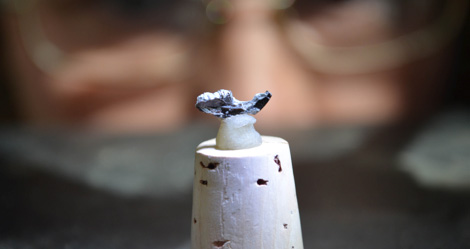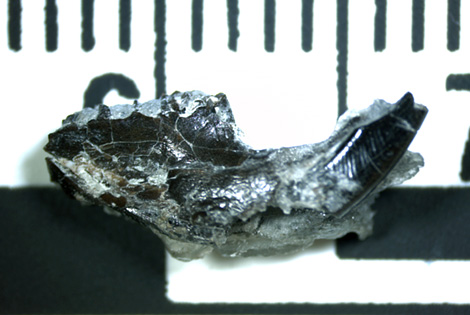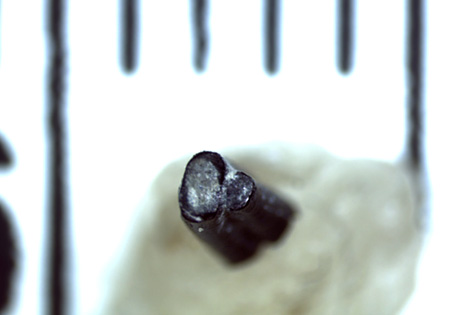
Some of the most interesting fossils a paleontologist can find in the field are not necessarily the biggest. During construction of the fourth bore of the Caldecott Tunnel, scientists working with the California Department of Transportation (CalTrans) collected micro-vertebrate fossils, including teeth, jaws and even toes of small animals such as rodents and amphibians. Sediment thought to contain potential fossils was washed through mesh screens, and the remaining material was carefully examined under a microscope to identify and collect any fossil remains too small to be noticed otherwise.
Every tiny bit helps. These miniscule finds represent the first rodents to be recovered from the 12-million-year-old layer of rock known as the Orinda Formation. Studying the large animals living at this time, exotic creatures such as camels and rhinos once common in North America, can only provide a partial window into the past. Smaller animals often lived more specialized lifestyles, a frog who must live close to water or a gopher who burrows and collects seeds. Knowing these animals were present allows us to infer more about the local environment than the presence of more cosmopolitan animals such as horses, who could roam in much wider areas.


Paleontologists are interested in not only studying the evolution of organisms, but also of communities and ecosystems. In order to deduce how organisms in an environment interacted the more you know the better, and every little bit helps.